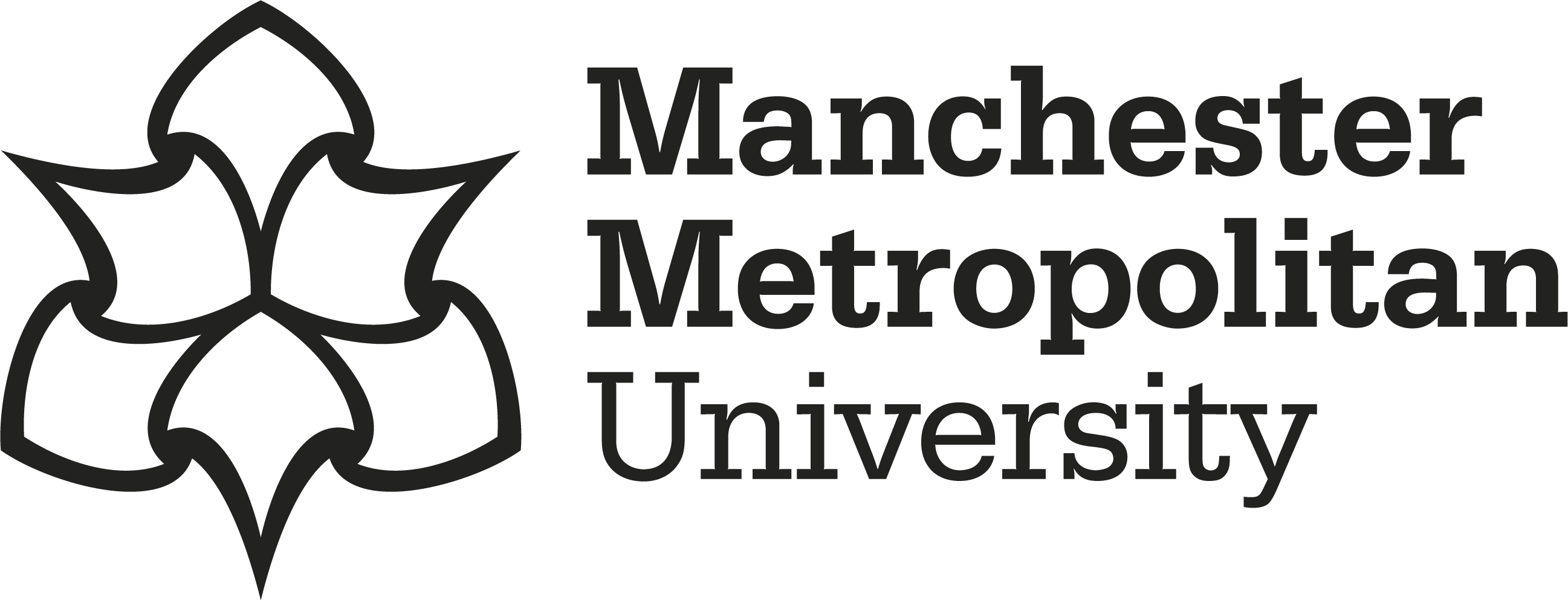Gheth, Waled, Rabie, Khaled  ORCID: https://orcid.org/0000-0002-9784-3703, Adebisi, Bamidele
ORCID: https://orcid.org/0000-0002-9784-3703, Adebisi, Bamidele  ORCID: https://orcid.org/0000-0001-9071-9120, Ijaz, Muhammad
ORCID: https://orcid.org/0000-0001-9071-9120, Ijaz, Muhammad  ORCID: https://orcid.org/0000-0002-0050-9435 and Harris, Georgina
(2021)
Communication Systems of High-Speed Railway: a survey.
Transactions on Emerging Telecommunications Technologies, 32 (4).
e4189.
ISSN 2161-3915
ORCID: https://orcid.org/0000-0002-0050-9435 and Harris, Georgina
(2021)
Communication Systems of High-Speed Railway: a survey.
Transactions on Emerging Telecommunications Technologies, 32 (4).
e4189.
ISSN 2161-3915
Abstract
Modern railway services are required to deliver good quality services to the passenger throughout the whole journey. These include improved performances, safety, and reduce delays. There is also the requirement for in-train customer experience such as infotainment and access to reliable communication systems. The railway industry has employed different types and generations of communication systems in recent times. Signaling systems were used at the early stage of the railway services. Today, communication systems such as the second-generation communication system, also known as the global system for mobile communications (GSM), the Third-generation (3G) and the Fourth-generation (4G) are utilized in the railway industry. In this paper, we present a brief history of railway communication systems, their features and applications. In addition, we discuss the technical challenges and potential solutions of in-train communication systems and how data can be distributed on-board and between the train coaches using state of the art and hybrid communication technologies.
| Item Type: |
Article
(Article)
|
| Peer-reviewed: |
Yes
|
| Date Deposited: |
24 Oct 2024 15:13
|
| Publisher: |
Wiley |
| Additional Information: |
This is the peer reviewed version of the following article: Gheth W, Rabie KM, Adebisi B, Ijaz M, Harris G. Communication systems of high-speed railway: A survey. Trans Emerging Tel Tech. 2021; 32:e4189., which has been published in final form at http://dx.doi.org/10.1002/ett.4189. This article may be used for non-commercial purposes in accordance with Wiley Terms and Conditions for Use of Self-Archived Versions. This article may not be enhanced, enriched or otherwise transformed into a derivative work, without express permission from Wiley or by statutory rights under applicable legislation. Copyright notices must not be removed, obscured or modified. The article must be linked to Wiley’s version of record on Wiley Online Library and any embedding, framing or otherwise making available the article or pages thereof by third parties from platforms, services and websites other than Wiley Online Library must be prohibited. |
| Divisions: |
Organisation > Science and Engineering
Organisation > Science and Engineering > Department of Engineering |
| Subject terms: |
Science & Technology, Technology, Telecommunications, VISIBLE-LIGHT-COMMUNICATION, LONG-TERM EVOLUTION, RADIO-COMMUNICATION, TRANSMISSION, PLC, CANCELLATION, CHALLENGES, WIRELESS, NETWORK, CHANNEL, 0805 Distributed Computing, 0906 Electrical and Electronic Engineering, 1005 Communications Technologies, Networking & Telecommunications, 4006 Communications engineering, 4606 Distributed computing and systems software |
| Data Access Statement: |
Data sharing is not applicable to this article as no datasets were generated or analyzed during the current study. |
| URI: |
https://e-space.mmu.ac.uk/id/eprint/636520 |
| DOI: |
https://doi.org/10.1002/ett.4189 |
| ISSN |
2161-3915 |
| e-ISSN |
2161-3915 |
Impact and Reach
Statistics
Additional statistics for this dataset are available via
IRStats2.
Altmetric
Repository staff only
 |
Edit record |





